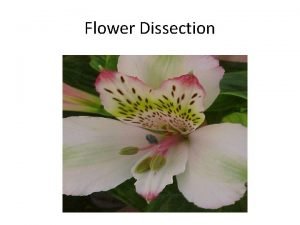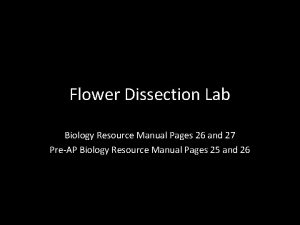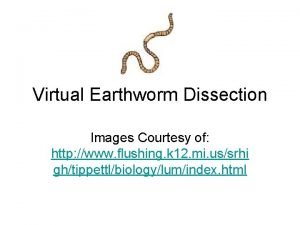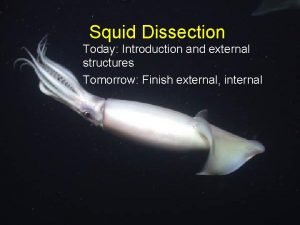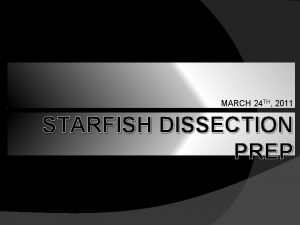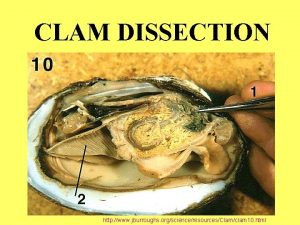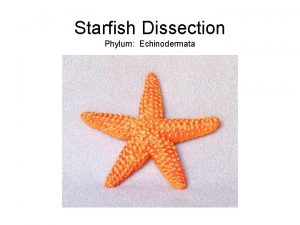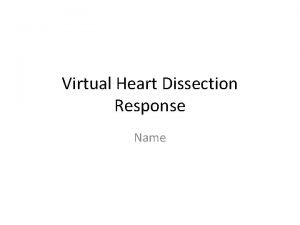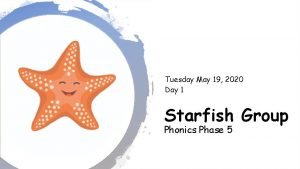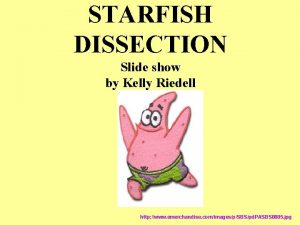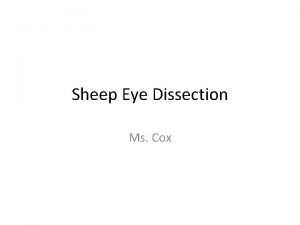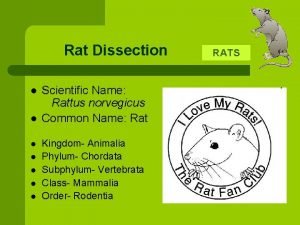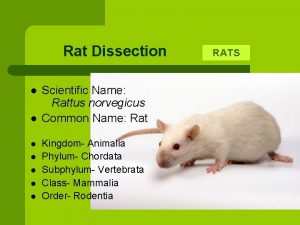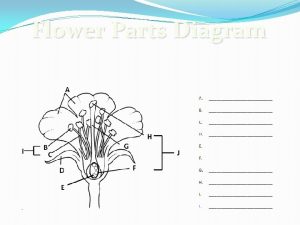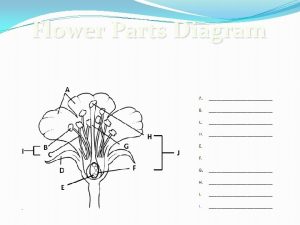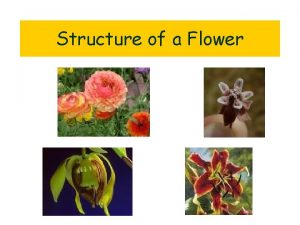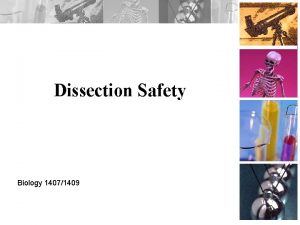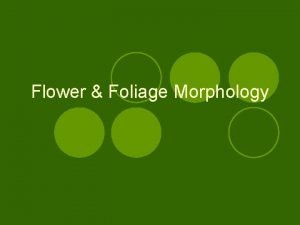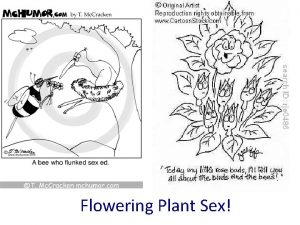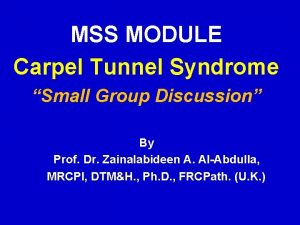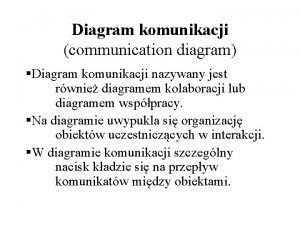FLOWER DISSECTION 2017 Diagram of a Flower Carpel














- Slides: 14

FLOWER DISSECTION 2017

Diagram of a Flower / Carpel

Petal • Petal: Petals are used to attract insects into the flower, they may have guidelines on them and be scented.

Sepal • Sepal: Sepals protect the flower whilst the flower is developing from a bud.

Stamen • The filament and the anthers are collectively known as the stamen or the male parts of the plant.

Anther • Anther: The Anthers contain pollen sacs. The sacs release pollen on to the outside of the anthers.

Stamen Filament: This is the stalk of the Anther.

Carpel / Pistil • The stigma, style, ovary, and ovule are often known collectively as the Carpel (or Pistil) or female parts of the flower.

Stigma • Stigma: Is covered in a sticky substance that the pollen grains will adhere to.

Style • Style: The style raises the stigma away from the ovary to decrease the likelihood of pollen contamination. It varies in length.

Ovary • Ovary: This protects the ovule and once fertilization has taken place it will become the fruit.

Ovule • Ovule: The Ovule is like the egg, once fertilization has taken place will become the seed.

Types of Pollination • Animal pollination: On animals, the pollen is picked up on a part of the body and is carried to another flower. – Bright flowers and sweet nectar attract animals. • Wind pollination: the pollen is carried away and moves by wind. Only a small fraction of pollen reaches another flower of that species and so it is able to produce a seed.

What is Pollination? • Pollen produced on the anther must move to another flower, and land on a part called the stigma. Stigma captures pollen on sticky secretions and is transported down the style in pollen tubes to the ovary where the ovule is fertilized. The fertilized egg develops into a seed and the whole ovary matures into a fruit.
 Webtoon indonesia
Webtoon indonesia Alstroemeria pistil
Alstroemeria pistil Virtual flower dissection lab
Virtual flower dissection lab Earthworm images
Earthworm images External structure of squid
External structure of squid Starfish dissection diagram
Starfish dissection diagram Clam dissection diagram
Clam dissection diagram Earthworm anatomy lab
Earthworm anatomy lab Oral view of starfish
Oral view of starfish Heart dissection labeled
Heart dissection labeled Starfish dissection game
Starfish dissection game Sea star ossicles
Sea star ossicles Sheep eye dissection
Sheep eye dissection Rat dissection pancreas
Rat dissection pancreas Diaphragm of rat
Diaphragm of rat

